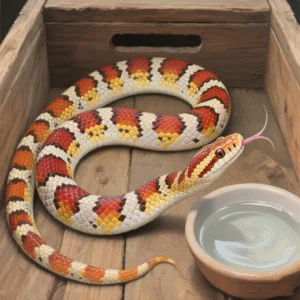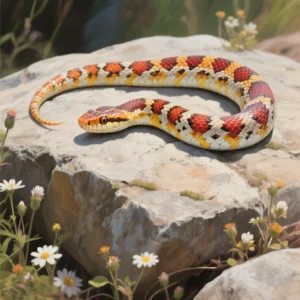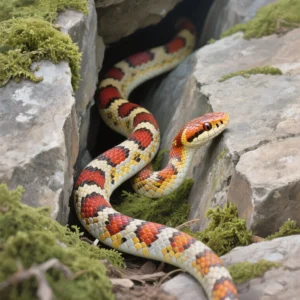The Cost of Owning a Corn Snake: Budgeting for Expenses
Welcome to lopehare! As editors dedicated to providing comprehensive information on exotic pets, we frequently receive questions about the financial implications of ownership. Corn snakes (Pantherophis guttatus) are often recommended as excellent beginner reptiles due to their generally docile nature and manageable size. However, “manageable” doesn’t mean “free” or even “cheap.” While they are less demanding and less expensive than some other reptile species (like the high-maintenance chameleon we discussed previously!), potential owners must budget correctly for both the initial setup and ongoing care. Let’s break down the costs involved in responsible corn snake ownership.
Understanding the Financial Commitment
Owning any pet is a long-term financial commitment, and a corn snake is no exception. You’ll encounter two main categories of expenses:
- Initial Setup Costs: The one-time purchases needed to create a safe, appropriate habitat.
- Ongoing Expenses: Regular costs for food, substrate, electricity, and potential veterinary care throughout the snake’s life, which can be 15-20 years or even longer.
Ignoring either category can lead to inadequate care and potential health issues for your pet. At lopehare, our goal is to ensure you have all the facts to provide the best possible life for your unique companion.
Initial Setup Costs
Creating a proper environment is the most significant upfront expense. Cutting corners here is detrimental to the snake’s health and can cost more in vet bills later. Here’s what you’ll typically need:
Cost of the Snake Itself
A standard corn snake from a reputable breeder or rescue can range from $20 to $100. More unique morphs (color/pattern variations) can cost significantly more, sometimes hundreds or even thousands of dollars for rare types. We always recommend purchasing from reputable sources to ensure the snake is healthy and captive-bred.
Enclosure
Young corn snakes can start in smaller enclosures (10-20 gallons), but they will quickly outgrow this. An adult corn snake (which can reach 4-5 feet) requires a minimum 40-gallon breeder tank (approximately 36″x18″x18″) or equivalent PVC enclosure. Screen-top aquariums are common, but PVC enclosures help maintain humidity better. A secure, locking lid is absolutely essential as corn snakes are escape artists! Costs range from $100 to $300+ depending on size and material.
Growth Matters: Budget for the adult enclosure even if you start with a smaller one. Constantly upgrading adds to the overall cost.
Heating Equipment
Corn snakes are ectotherms and require a temperature gradient. A heat mat or heat tape covering about one-third of the enclosure floor is standard, providing a warm spot (around 80-85°F / 27-29°C) while the other side remains cooler (70-75°F / 21-24°C). Crucially, ALL heating elements MUST be controlled by a thermostat to prevent overheating, which is incredibly dangerous.
Heat mat/tape: $20 – $50
Thermostat: $30 – $100 (A good quality proportional thermostat is recommended)
Lighting (Optional but Recommended)
While corn snakes are primarily nocturnal or crepuscular, providing a naturalistic light cycle is beneficial. This usually involves a simple LED light on a timer. Some keepers also opt for low-level UVB lighting, which *may* be beneficial, though not as critical as for diurnal reptiles like bearded dragons or chameleons. If used, research the appropriate percentage and fixture carefully.
Basic LED fixture: $20 – $40
UVB setup (if desired): $40 – $80+ (fixture + bulb)
Substrate
Appropriate substrates include aspen shavings, cypress mulch, or coconut fiber. Avoid pine or cedar shavings as they are toxic. Enough substrate is needed for the snake to burrow. Initial bags cost around $15-$30.
Hides and Decor
Every corn snake needs at least two hides – one on the warm side and one on the cool side – where they can feel secure. Providing branches, rocks, and artificial or live plants adds enrichment and climbing opportunities.
Hides (2+): $10 – $40
Decor: $20 – $50+ (can be more depending on complexity)
Water Bowl
A sturdy, heavy water bowl that the snake cannot easily tip over is necessary for hydration and humidity. $10 – $20.
Thermometers and Hydrometers
Accurate monitoring of temperature and humidity is vital. You need multiple thermometers (at least one for the cool side, one for the warm side/basking spot) and a hygrometer. Digital gauges are generally more accurate than analog dial types.
Digital Gauges (2+): $20 – $50
Estimated Total Initial Setup Cost: $250 – $600+ (This range varies greatly based on enclosure size, type, and quality of equipment chosen).

Ongoing Annual Expenses
Once the setup is complete, you have recurring costs. Budgeting for these throughout the snake’s long life is crucial.
Food
Corn snakes eat frozen/thawed rodents (mice or small rats). The size and frequency of feeding depend on the snake’s age and size. This is where budgeting can get tricky, but it’s a primary expense. Here’s a rough idea of the annual cost of feeding a corn snake:
| Snake Size | Feeder Size | Frequency | Approx. Annual Cost (Buying in bulk) |
|---|---|---|---|
| Hatchling/Juvenile | Pinky/Fuzzy Mouse | Weekly | $50 – $100 |
| Sub-Adult | Hopper/Adult Mouse | Every 7-10 days | $100 – $150 |
| Adult | Adult Mouse / Small Rat | Every 10-14 days | $150 – $250 |
Prices vary based on location and where you buy (pet store vs. online bulk). Buying in bulk online is usually significantly cheaper per rodent.
Substrate Replacement
Substrate needs to be spot-cleaned regularly and fully replaced every 1-3 months, depending on the type and enclosure cleanliness. Annual cost: $30 – $60.
Electricity Costs
Heating and lighting equipment consume electricity. While not usually a huge expense compared to things like heat lamps for larger reptiles or elaborate aquarium setups, it’s not zero. Estimate $10 – $30 per year depending on climate and local rates.
Replacements
Equipment doesn’t last forever. Thermostats, heating elements, or lighting fixtures may need replacement eventually. It’s wise to set aside a small amount annually for this contingency. $10 – $30 per year.
Veterinary Care
Even with perfect care, snakes can get sick. Finding a qualified reptile veterinarian is crucial. Routine checkups might not be needed annually for a healthy snake, but it’s good practice to have one performed when you first get the snake. Emergency visits for issues like respiratory infections, scale rot, or retained sheds can be costly. The average vet cost for corn snake checkup can range from $50-$100, but treatment for illness can quickly run into hundreds of dollars. It’s highly recommended to have an emergency fund of $200-$500 set aside.
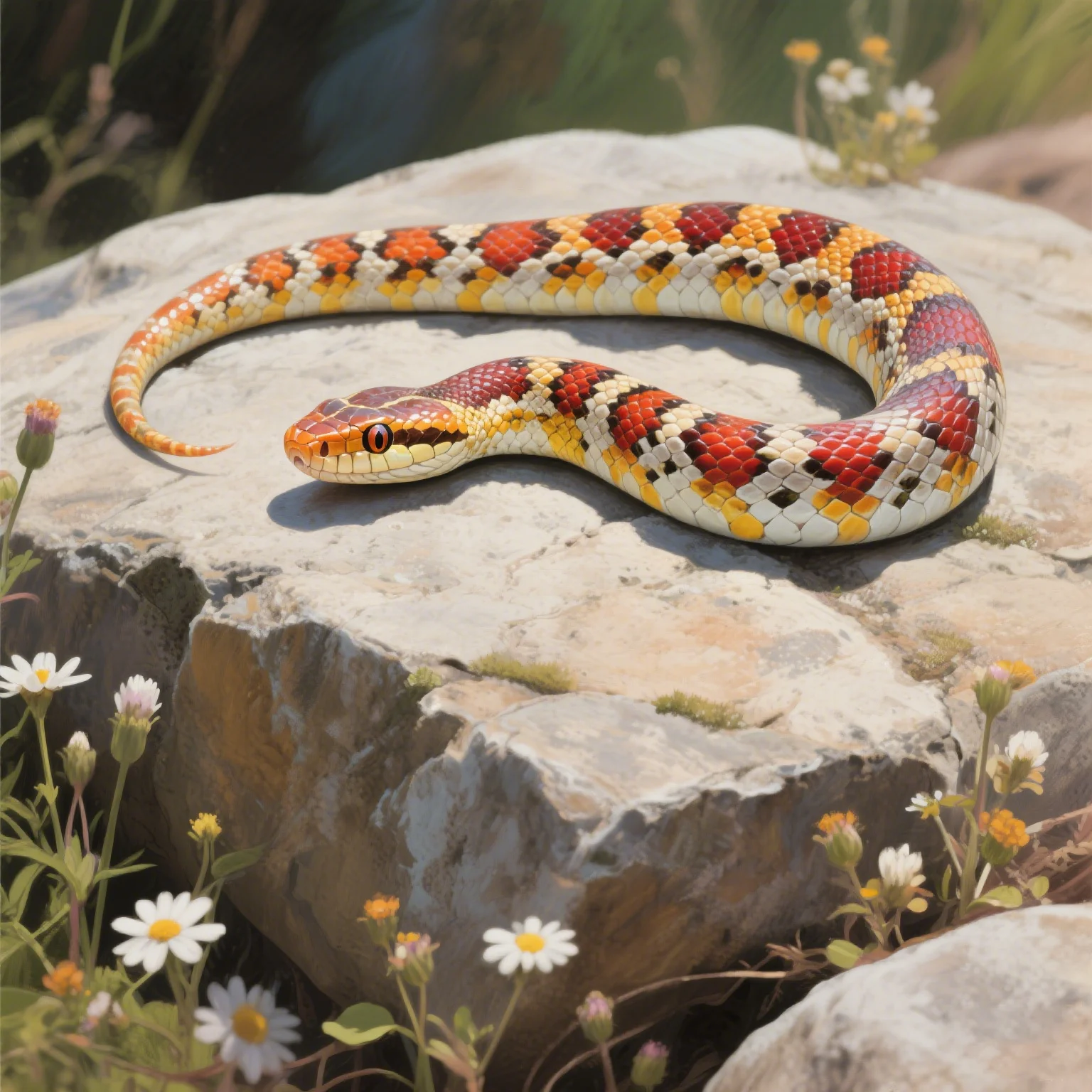
Estimated Total Ongoing Annual Expense (excluding emergencies): $150 – $400+
Other Potential Costs
- Handling Equipment: Snake hooks or tongs ($15-$40) are useful for safely handling, although many corn snakes become very docile.
- Travel/Pet Sitting: If you travel, finding someone knowledgeable to care for your snake or boarding it can incur costs.
- Enrichment Upgrades: You might decide to add more elaborate decor or build a custom enclosure later.
- Educational Resources: Books or subscriptions related to reptile care.
Budgeting and Saving Tips
- Buy Quality Equipment First: While the initial cost is higher, reliable thermostats and heating elements are safer and last longer. Cheap equipment can fail and harm your snake or cost more to replace.
- Look for Used Enclosures: Check local reptile groups or online marketplaces, but always thoroughly clean and disinfect any used tanks.
- Buy Feeders in Bulk: This significantly reduces per-item cost. Ensure you have freezer space.
- Prioritize Prevention: Correct temperatures, humidity, and feeding schedules prevent most common illnesses, saving on vet bills.
- Build an Emergency Fund: Start setting aside money specifically for potential vet visits.
Conclusion: Is a Corn Snake Affordable?
Compared to many other pets, particularly mammals like dogs or cats, the ongoing cost of owning a corn snake is relatively low, primarily consisting of food and substrate. However, the initial setup requires a notable investment to ensure a safe and appropriate habitat. While generally less expensive than many exotic reptiles like large constrictors or species with complex needs (like the chameleon we discussed earlier), corn snakes are not a “cheap” pet. A responsible owner should be prepared for the initial $250-$600+ setup cost and anticipate spending $150-$400+ annually for basic care, plus having funds available for potential health issues.
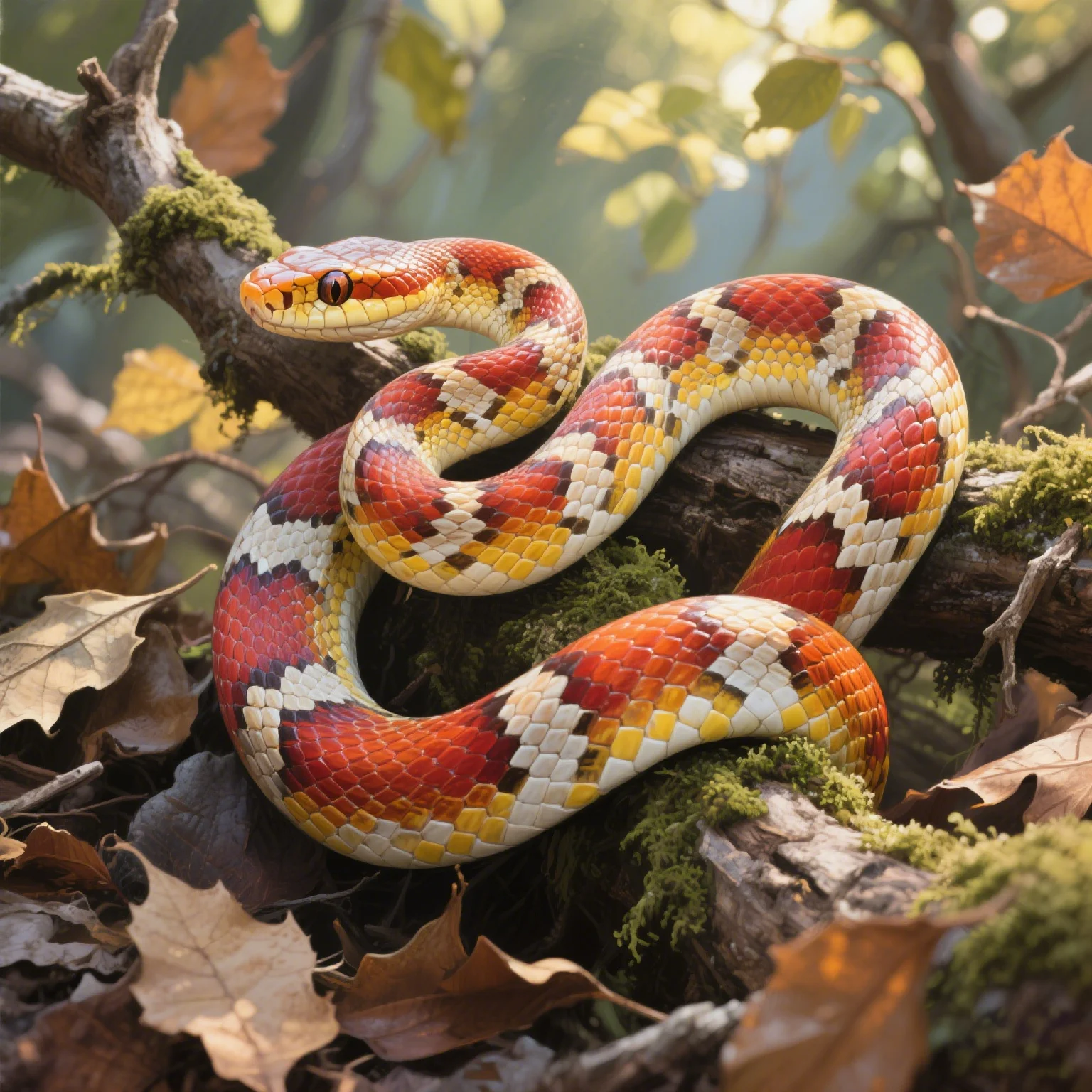
At lopehare, we believe that understanding these costs upfront is essential for providing a high quality of life for your corn snake. If you can comfortably budget for these expenses, a corn snake can be a rewarding and long-lived companion.
Disclaimer: Costs provided are estimates and can vary significantly based on location, supplier, and chosen quality of equipment.
References:
- Wikipedia: Corn snake
- JSTOR: Captive Care and Breeding of Corn Snakes (Requires Access)

